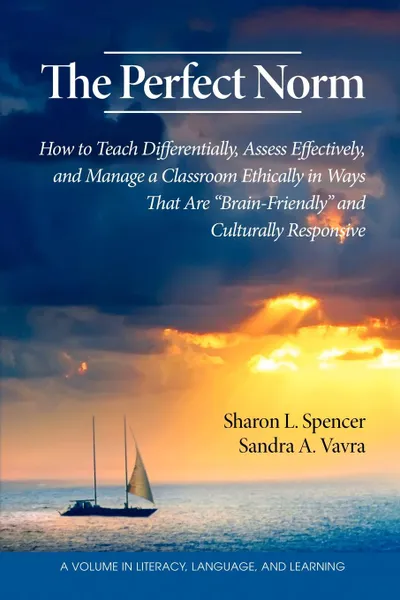The Perfect Norm. How to Teach Differentially, Assess Effectively, and Manage a Classroom Ethically in Ways That Are "Brain-Friendly" and Culturally Responsive (PB) 12+
Автор: Sharon L Spencer,
Sandra A Vavra
168 страниц
Категория: Учебная литература
ISBN: 9781607520337
Язык: Английский
📓 A volume in Literacy, Language, and LearningSeries Editor Patricia Ruggiano Schmidt,Our goal in writing this book was to validate teachers for strong efforts in their life's work. We often observeteachers' frustrations with what they perceive to be a multitude of different "hot topics" in education that theymust attend to now, but which they expect to come and go, like the last "hot topics." So, we wanted to helpreaders see similarities between many of these "hot topics"-differentiation, multiple intelligences, culturallyresponsive teaching, "brain-friendly" strategies, authentic assessment, and ethical classroom management-which we feel are not "flashes in the pan." And we trust that serious practitioners will not oversimplify thefindings of neuroscientists and their application to education. Reading studies and books by scientists, a numberof which are user-friendly, can help ensure that teachers separate the hype from credible information. We have seen this professionally judiciousapproach in the work of graduate students (Kolinski, 2007) in adopting "brain-friendly" strategies.We have intentionally packed both theoretical/research-based and practical information in this book because professional educators want to know whythey should use certain approaches, models, and strategies. In turn, as professionals, we should be able to explain why we teach the way we do-not tojustify, but to educate others about our knowledge...
Мнения
